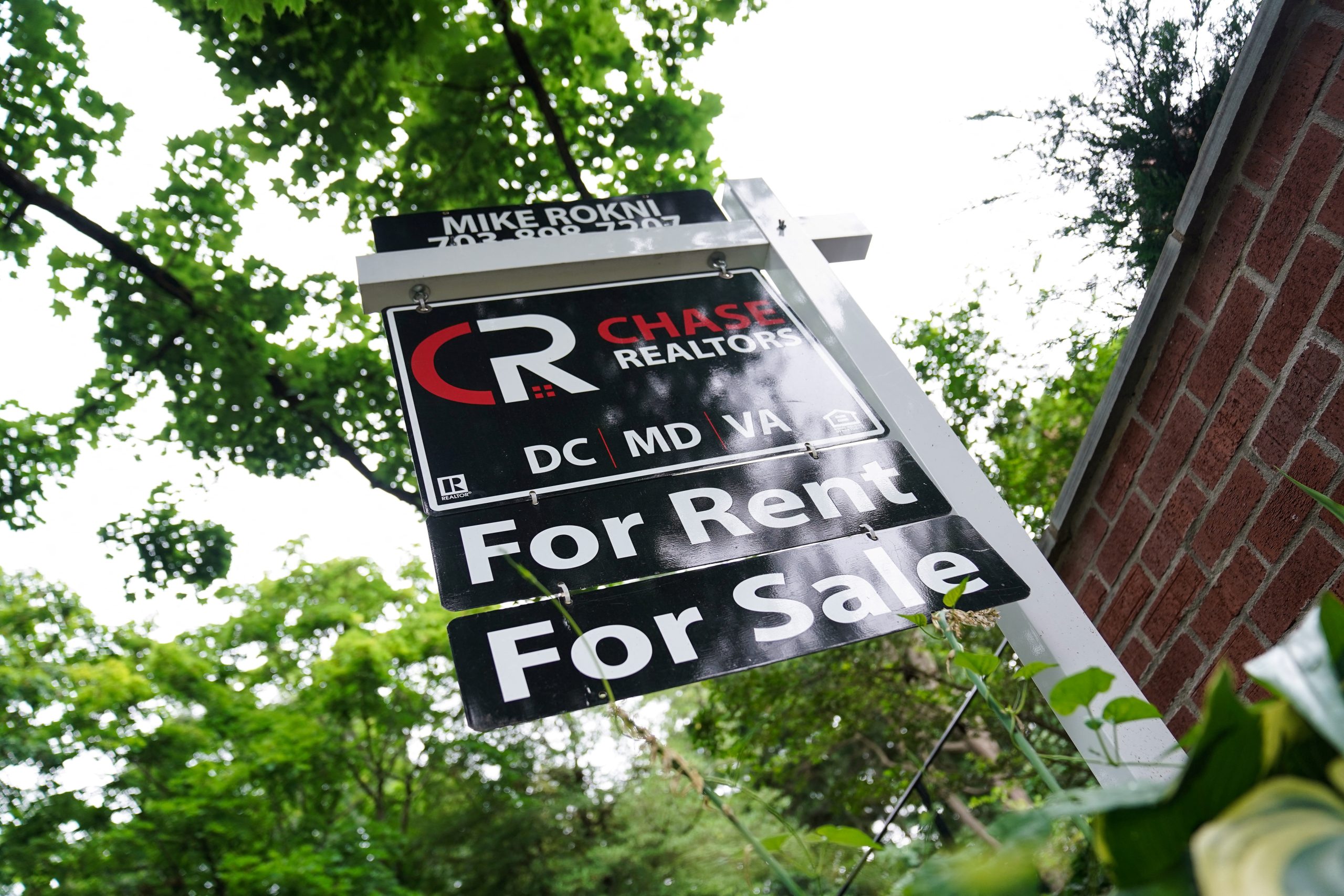
[elfsight_social_share_buttons id=”1″]
U.S. existing home sales fell to a fresh two-year low in July, further evidence that the Federal Reserve’s aggressive monetary policy tightening campaign was dampening demand for housing, although home price levels remain high.
Existing home sales dropped 5.9% to a seasonally adjusted annual rate of 4.81 million units last month, the lowest level since May 2020 when sales hit their low point during the COVID-19 lockdowns, the National Association of Realtors said on Thursday. Outside the pandemic, sales were the slowest since November 2015. It was the sixth straight monthly sales decline.
Despite the decrease in sales indicating a recession in the market, home prices remain near an all-time high. The median price for existing homes sits at $403,800, which marks an 11% increase over the last month. That was the smallest gain in two years, though prices typically retreat in July after surging in June. The July median price is down slightly from the all-time high of $413,800 seen last month.
Industry experts say that while the market still definitely favors sellers, the decrease in sales may slowly move the market back towards a better balance. While homes are still selling extremely fast, many with multiple offers, some sellers are now having to come down in price and are unable to force a bypass of typical industry-standard practices, such as a pre-sale home inspection.
Economists polled by Reuters had forecast sales decreasing to a rate of 4.89 million units.
Home resales, which account for the bulk of U.S. home sales, plunged 20.2% on a year-on-year basis.
The report came on the heels of data this week showing single-family housing starts, which account for the biggest share of homebuilding, tumbled to a two-year low in July. The National Association of Home Builders/Wells Fargo Housing Market sentiment index fell below the break-even level of 50 in August for the first time since May 2020.
Battling to bring inflation back to the U.S. central bank’s 2% target, the Fed has hiked its policy rate by 225 basis points since March. Minutes of the July 26-27 policy meeting published on Wednesday showed Fed officials acknowledged that higher borrowing costs had cooled demand for housing and “anticipated that this slowdown in housing activity would continue.”
Mortgage rates, which move in tandem with U.S. Treasury yields, have soared even higher. The 30-year fixed-rate mortgage is hovering around an average of 5.22%, up from 3.22% at the start of the year, according to data from mortgage finance agency Freddie Mac.
There were 1.310 million previously owned homes on the market, unchanged from a year ago. At July’s sales pace, it would take 3.3 months to exhaust the current inventory of existing homes, up from 2.6 months a year ago.
A six-to-seven-month supply is viewed as a healthy balance between supply and demand. Properties typically remained on the market for 14 days. First-time buyers accounted for 29% of sales. All-cash sales made up 24% of transactions.
Copyright 2022 Thomson/Reuters (additions and edits for FISM News by Michael Cardinal)
